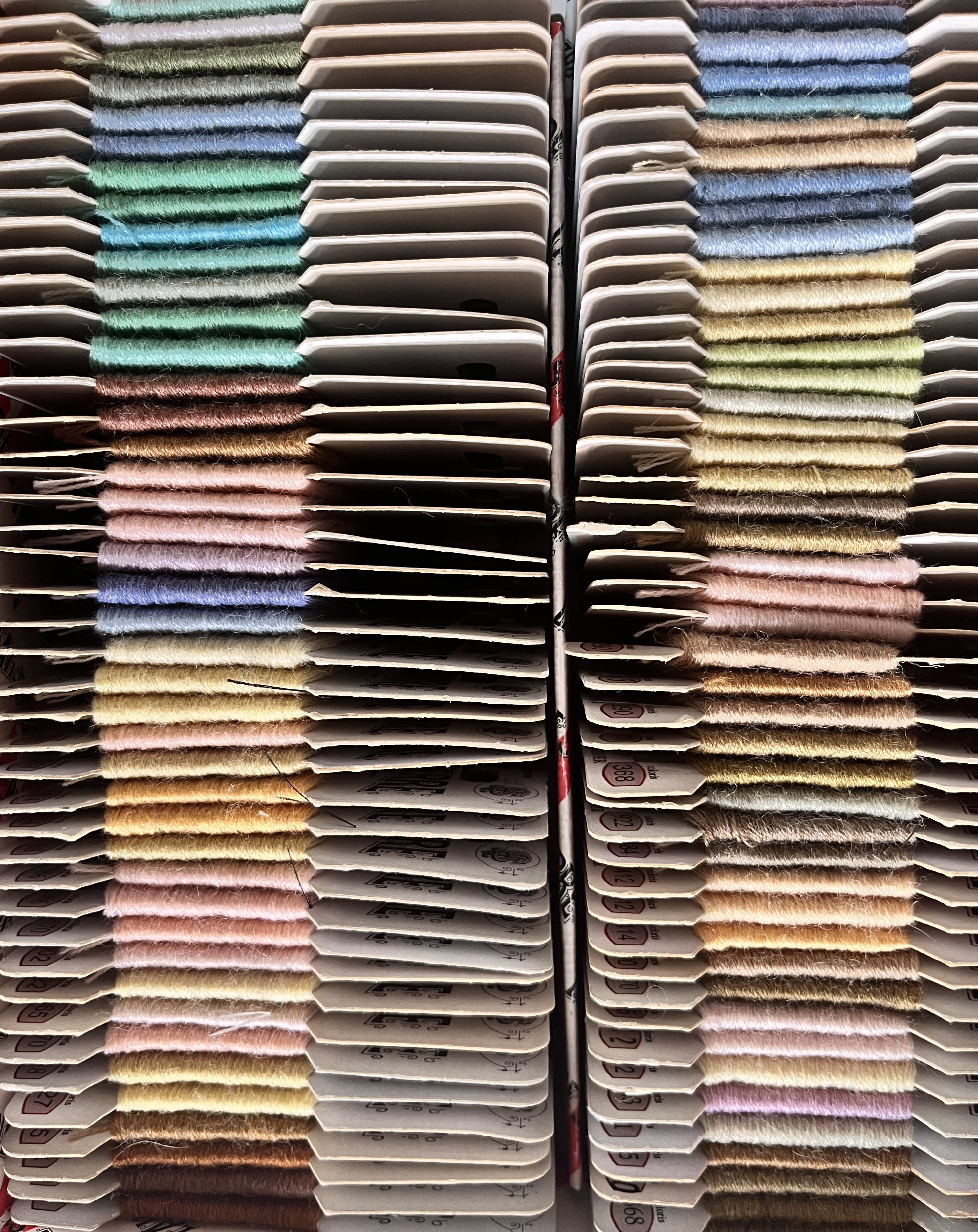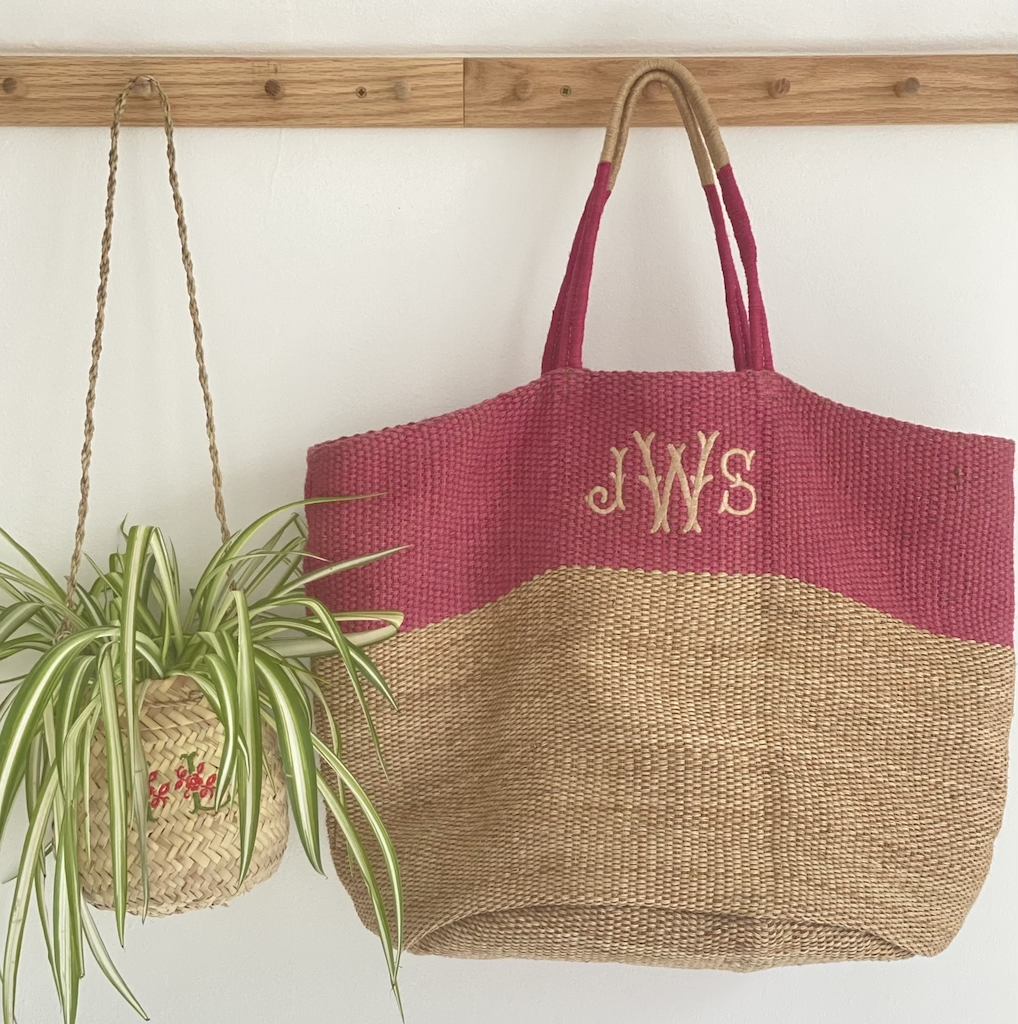Hello from the studio in Parsons Green...
I’ve just returned from a restorative week’s holiday in the beautiful English countryside, where long lazy days spent walking in fields full of lambs, seeing wisteria burst in to bloom in picture perfect villages, and eating wonderful meals in centuries-old pubs really did provide great fulfilment.

The week away from the office gave me a chance recharge, read and reflect on so many things. But it was the coincidence of Earth Day on 22 April with my holiday that was the catalyst for much of the thinking.
You are no doubt aware that Earth Day is no social media gimmick. This incredibly potent student-led movement begun in the US in 1970 was the birth of the modern environmental movement around the world. And it’s as relevant and important today as it was over 50 years ago.
As a business owner, I have to think about the consequences of virtually every business decision in the context of its environmental impact… from the turning on of the lights in the studio each morning, to the way my staff and I get to work, to the purchasing of our products and the packaging and distribution of every order. It's done with curiosity and fulfilment to be sure, but a lot of frustration too.
To read about the actions my team and I have taken to date to operate our business in a way that is gentle on the environment and our community, please check out a blog post we published earlier this year by clicking here.
We’re continually evaluating and refining our objectives, working slowly and determinedly towards COP26 environmental goals and B Corp standards.
All while remaining absolutely obsessed about monogramming for you.

A Bit About Textiles…
While on holiday I was reading a fascinating and disturbing book called Worn: A People’s History of Clothing. If you haven’t yet read it, I highly recommend it.
The book charts the history of many of the fibres from which our clothing and accessories are made including linen, cotton, silk, wool, rayon and nylon, along with the environmental and social impact of each one. You’ll never look at your wardrobe the same way again after reading it.
The area I visited in the Cotswolds last week was once one of the most important regions for textile production and clothing manufacturing in the UK, particularly wool and silk. The mills and factories are mostly closed now, many repurposed as shops, cafes and glamorous homes. But sheep farming is alive and well...


|
|
It was humbling to see the craftswomanship that transcended centuries (for the textiles business was largely women-run) and it made me more committed than ever to keep natural textiles like wool, linen, jute, raffia and palm leaves the main focus of our product line.
After stocking up at the centuries-old Saturday farmers market in Stroud, I stumbled across a craft shop which demonstrated how Cotswold sheep’s wool is combed and spun in to thread.


|
|
|
|
|
|
|

